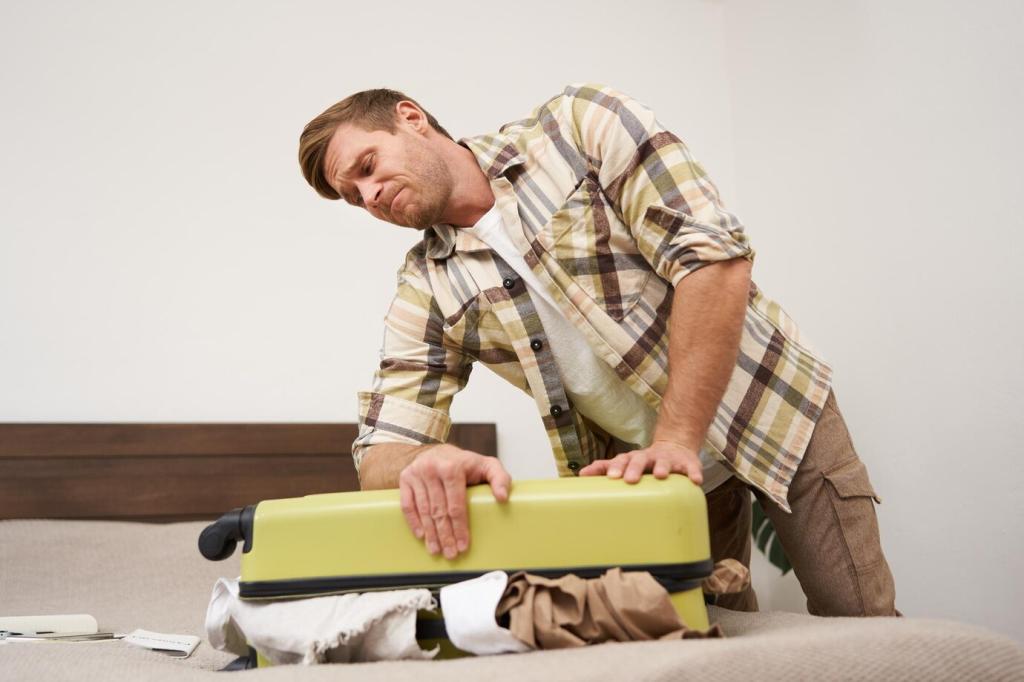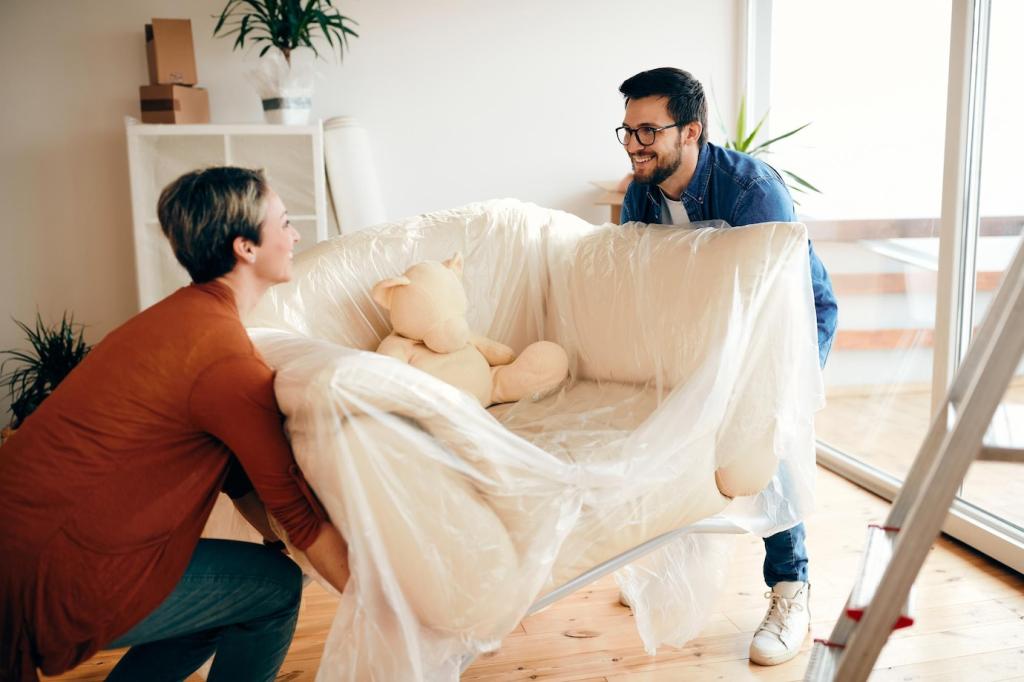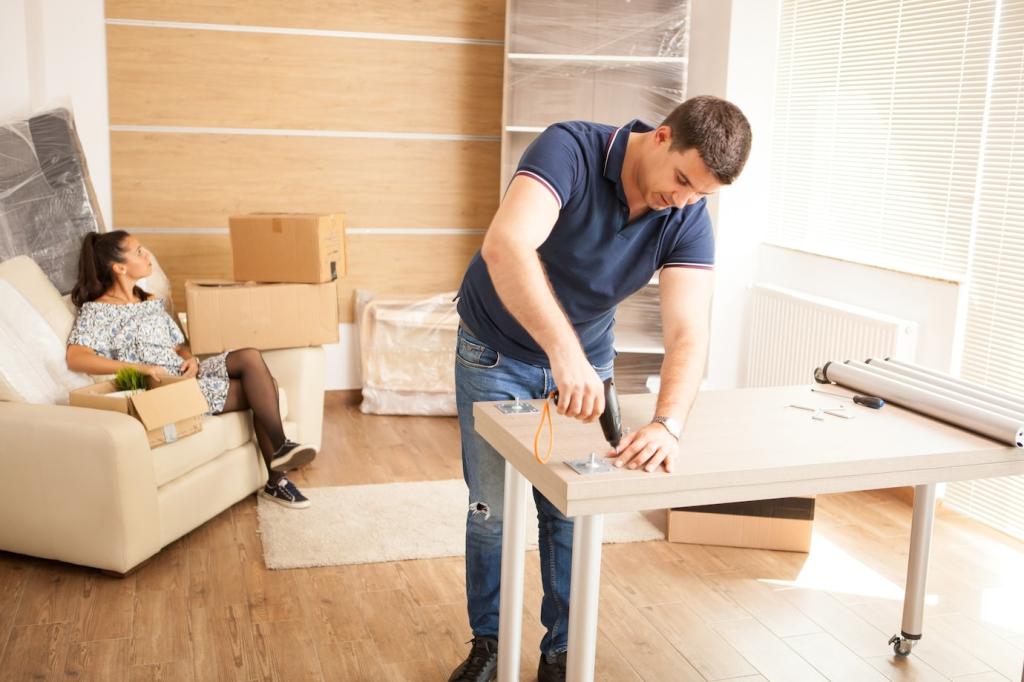Tools, Safety, and Workshop Rhythm
Magnetic hammer, tack lifter, regulator, webbing stretcher, curved needles—each earns its place. What single tool changed your quality most? Invite others to try it and report back.
Tools, Safety, and Workshop Rhythm
Gloves for tacks, masks for dust, eye protection around brittle springs. Share a close call you learned from, so a beginner can avoid repeating that nerve-wracking moment.





